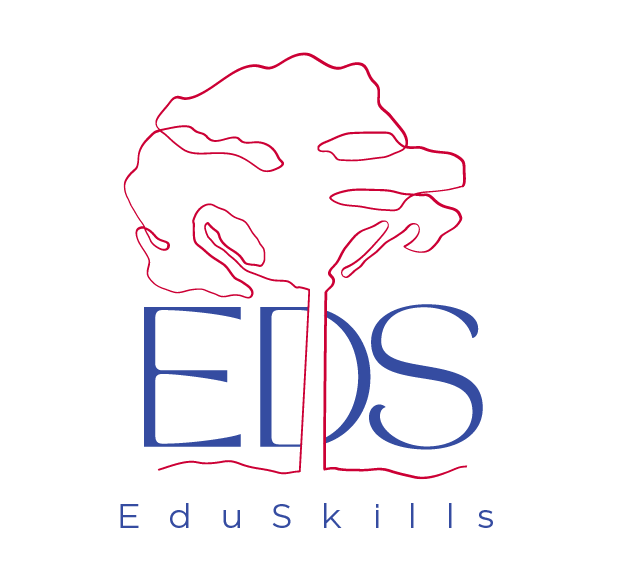Every new school year begins with a fresh mix of optimism and challenge. The policies may shift, the funding might fluctuate, and the acronyms may change, but one thing remains certain: students thrive when educators work together.
For multilingual learners (MLs), collaboration between content and English learner (EL) teachers isn’t just a nice-to-have; it’s essential. The latest EdWeek survey revealed that more than 80% of teachers feel they need additional support to serve MLs effectively. The message is clear: educators are eager to do right by their students, but systems don’t always make collaboration easy.
The good news? Collaboration isn’t a mystery; it’s a practice we can build intentionally, one conversation, one co-planned lesson, one shared success at a time.
The Current Landscape: More Support, Less Structure
Teachers across the country are doing incredible work with multilingual learners, often with limited time and resources. According to EdWeek’s September 2025 survey, most educators want to collaborate more frequently with EL specialists but lack common planning periods, aligned goals, or clarity around shared responsibilities.
Without those systems in place, even the most dedicated teachers can feel isolated. EL specialists may feel siloed from grade-level or content teams, while classroom teachers may struggle to adapt materials for language learners on their own.
As Edutopia notes in “How Content Teachers Can Work with ELL Teachers,” collaboration doesn’t happen by accident. It happens when schools build structures and culture that make shared planning the norm rather than the exception.
Beyond the Silos: What Teacher Collaboration Really Looks Like
Effective collaboration starts with redefining what it means to “teach language.” Every teacher is a language teacher because language is the vehicle for learning.
When EL and content teachers plan together, they can:
- Align content objectives with language objectives.
- Identify key vocabulary, language functions, and discourse patterns embedded in each unit.
- Build scaffolds (like sentence frames or visuals) that support language without watering down content.
A math teacher might collaborate with an EL specialist to co-design sentence stems for problem-solving discussions. A science teacher might pre-teach domain-specific vocabulary through visual tools. These small, strategic moves multiply student access to rigorous content while fostering shared ownership among teachers.
Structures that Support Authentic Collaboration
True teacher collaboration needs both time and tools to flourish. Here’s what helps schools move from isolated efforts to integrated systems:
For Leaders:
- Schedule co-planning time into the master calendar.
- Foster cross-department PLCs where language and content teams analyze student data together.
- Model collaboration—make it a leadership expectation, not an extra.
For Teachers:
- Start small: plan one lesson together each month.
- Use shared data to identify common goals.
- Celebrate and share success stories across teams.
And tools like EduSkills make this process even smoother—turning what used to be scattered data into shared insight. With ELP data, progress reports, and instructional scaffolds all in one platform, teams can align instruction and monitor growth together. Collaboration becomes practical, not just aspirational.
Staying Grounded in What We Know Works
In a year marked by uncertainty, focusing on what’s within our control is empowering. Here’s what we do know:
✅ When content and language instruction align, multilingual learners grow faster.
✅ When teachers collaborate, burnout decreases and innovation increases.
✅ When systems emphasize communication over compliance, schools see sustained success.
The best part? These truths hold steady, regardless of funding shifts or policy changes.
From Silos to Systems
Behind every co-planned lesson is a shared belief: every student’s voice matters. Collaboration doesn’t just benefit students; it builds professional community and reignites purpose.
Think of the student who finally joins a class discussion or the teacher who says, “I finally feel like I’m not doing this alone.” Those moments are the proof.
So this month, take one step: start a conversation, share a scaffold, or ask a colleague, “How can we plan this together?”
When we move from isolation to collaboration, we move closer to equity.
Each shared plan, data conversation, or co-taught lesson strengthens the foundation for multilingual learner success.
References
- Green, R. (2025, September 16). How content teachers can work with ELL teachers. Edutopia. https://www.edutopia.org/article/how-content-teachers-work-ell-teachers
- Sawchuk, S. (2025, September 10). Teachers say they need more support for English learners, survey finds. Education Week. https://www.edweek.org/teaching-learning/teachers-say-they-need-more-support-for-english-learners-survey-finds
- The Century Foundation. (2025, September). Falling short on newcomers: A report card on how well states support newly arrived immigrant students. https://tcf.org/content/report/falling-short-on-newcomers-a-report-card-on-how-well-states-support-newly-arrived-immigrant-students




